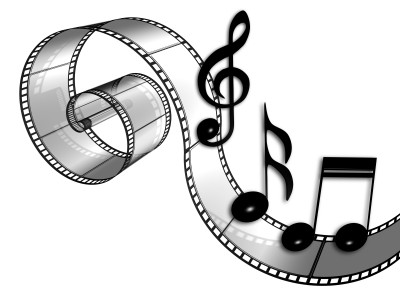In the world of filmmaking, music is more than just an auditory companion; it’s a masterful tool used to paint the canvas of emotion, mood, and tone. Composers wield their craft to orchestrate atmosphere, seamlessly intertwining sound and image to immerse audiences in the intended cinematic experience.
Film music serves as a conduit to convey emotions that words alone might struggle to articulate. Whether it’s the tense strings that tighten during a suspenseful scene or the lilting piano notes that underscore a poignant moment, the sonic landscape created by composers sets the stage for the audience’s emotional journey.
Central to this process is the ability to capture and amplify the film’s mood and tone. A composer collaborates closely with the director to decipher the desired emotional palette. The rhythm of the story, the characteristics of the characters, and the overarching narrative all play a role in shaping the musical composition. This marriage of vision and sound crafts a symbiotic relationship that enhances the storytelling.
Through instrumentation and melodic choices inspirational music, composers can transport viewers to different places and eras. A period piece can be brought to life through the sounds of a specific time, while futuristic settings may be augmented with experimental electronic arrangements. The score’s melodies, harmonies, and rhythms serve as emotional signposts that guide audiences through the twists and turns of the plot.
Equally important is the concept of subtext – using music to convey layers of meaning beneath the surface. A scene might be draped in irony, sadness, or even humor through carefully chosen musical cues. These subtle undercurrents create a multi-dimensional experience, inviting viewers to delve deeper into the narrative’s complexities.
The composition process involves a blend of intuition and technical mastery. Composers carefully select instruments, tempos, and dynamics to evoke specific emotional responses. Collaborating with sound designers, they ensure a seamless fusion of music and the auditory environment, heightening the immersion factor.
In conclusion, film music goes beyond mere background noise; it crafts an intricate web of emotions, mood, and tone. Like an artist selecting colors for a canvas, composers curate sonic elements to create an atmospheric landscape that envelops viewers. This marriage of sound and vision resonates deeply, etching memories that remain long after the final scene fades to black.



